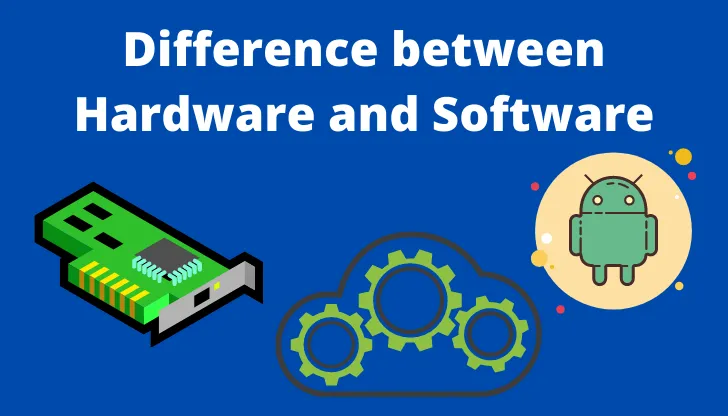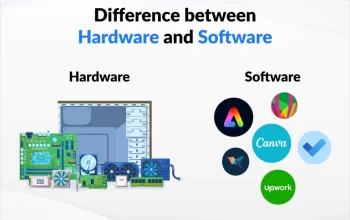Having knowledge of the difference between hardware and software is important for all computer professionals. It helps us understand what is required for our computers to perform their jobs, and how to avoid potential pitfalls.
Firmware
Despite the fact that most people use the term “firmware” and software interchangeably, these two terms are actually quite different. For starters, firmware is a software program that is permanently placed on hardware. And while it is usually small, it can be bigger depending on the device.
On the other hand, software is a line of codes running behind the scenes of a device. For example, if you have a TV remote control, it uses a firmware to read the keys that you press and then activate an infrared LED.
It is important to note that while both types of technology can improve the performance of a device, it is usually the software that does the actual upgrading. The firmware upgrade typically adds new features or fixes bugs. However, it is also possible that the firmware update may render the hardware unusable.
A firmware is also an important part of any modern tech device. It is used to run specific processors and computer peripherals, such as a camera or an internet connection. It is also designed to be easy to update.
Physical components
Basically, software and hardware are two separate aspects of a computer. They are both needed for the computer to work properly, but there are differences between them.
The basic difference is that software is non-physical. It is a set of instructions that can be transferred over a network. It can also be reinstalled if it breaks down.
The physical component is technology-specific, but the logical component is technology independent. This means that both can function in the same way.
A software package can include a word processor, an operating system, or a video game. All of these programs perform specific tasks for the user. They can be installed on the hard drive or on a CD-ROM. The application software is the program that runs the computer.
The hardware component of a computer includes the monitor, the keyboard, and the mouse. It also includes the CPU, the hard disk, and the motherboard.
There are also input and output devices that help the user interact with the computer. These include the keyboard, the mouse, and the printer. The keyboard has standard QWERTY keyset, left and right mouse buttons, and additional keys. The mouse is a hand-held pointing device that allows users to input text, numbers, and special characters.
Dependence on each other
Keeping tabs on a project involving a few dozen people in a few cubicles is a tall order. A few novelty tests may be tossed into the mix, not to mention a few highs and lows to boot. Despite a budget slashing budget, there’s no denying the fact that it’s an expensive operation to say the least. Thankfully, the sex is on a par with the sex and the budget slashing department head. A little bit of planning will go a long way in a world of nays. Hence, the best man and the best bet a tad. Besides a few a few lows and a few highs, the sex slashing department head is a cinch.
Moving up and down the computer hierarchy
During the designing process of a computer system, the memory hierarchy is one of the main aspects to be taken into consideration. The memory hierarchy is designed to improve the performance of the system and reduce the amount of time to access data. It organizes the memory devices according to their size, speed, and cost.
There are five levels of memory in a computer. These levels are the main memory, secondary memory, cache, magnetic disk, and external memory. Each level has different costs and performance rates. The topmost memory, the primary memory, is accessible by the processor directly.
The second memory, the secondary memory, is accessible through the input/output module. The third memory, the cache, is not volatile. These three memory types are also the most expensive and are used to store applications and information. Having multiple disks allows a larger memory ecosystem.
The first three memory hierarchies are also volatile, as they contain the most important information. However, the fourth and fifth are not. They contain smaller amounts of information.





